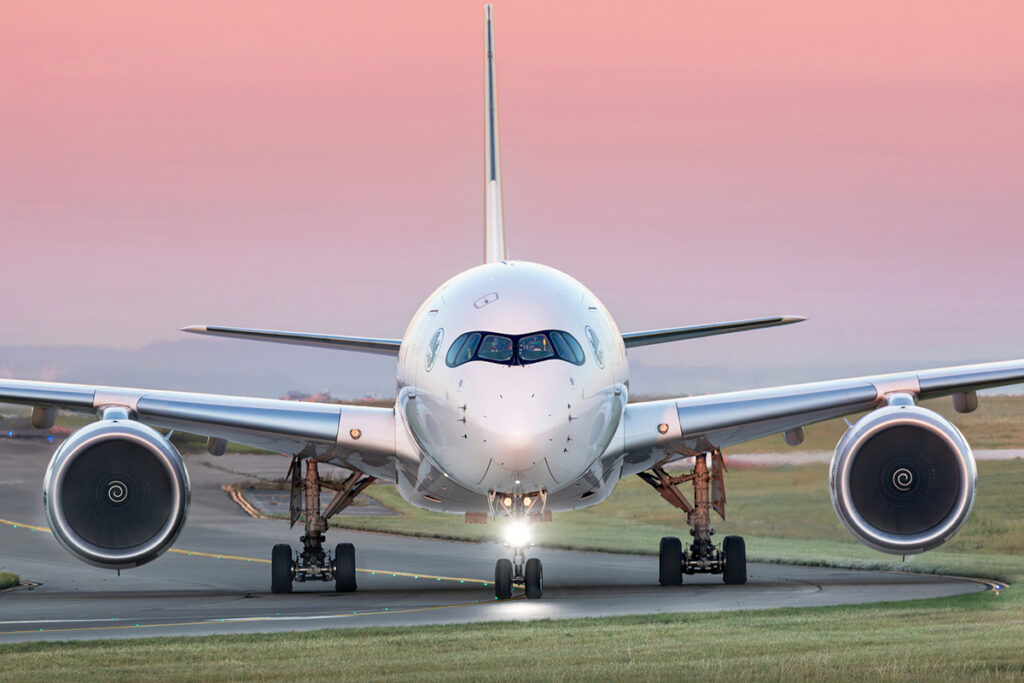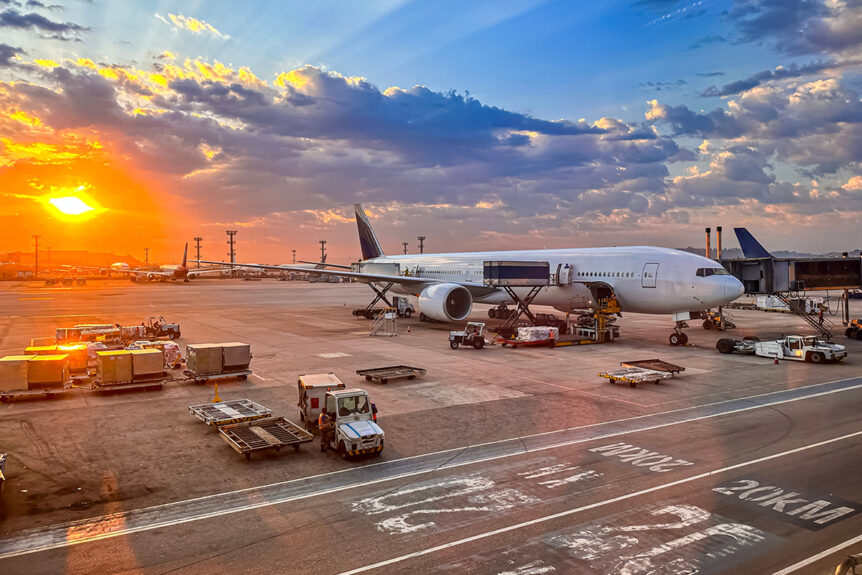Have you ever noticed that most airplanes are painted white? While it might appear to be a simple aesthetic choice, the decision is actually rooted in science, economics, and safety. White paint offers a range of benefits that help airlines reduce costs, enhance efficiency, and ensure passenger safety.
Climate Control: Reflecting Heat to Keep the Aircraft Cool
One of the main reasons airplanes are painted white is for temperature control. Just as wearing light-colored clothing on a sunny day helps keep you cool, white paint reflects sunlight and heat, preventing the aircraft from overheating. This is especially important when planes are parked at airports under direct sunlight, as it helps airlines save on cooling costs.
Economic Benefits: Painting an Airplane is Expensive
Painting a commercial aircraft is a major financial undertaking. Here’s why airlines prefer to keep their planes white:
- Lower Paint Costs: Painting a plane typically requires 65 gallons of paint and can take anywhere from two to seven days. Custom color schemes can cost between $50,000 and $200,000.
- Weight Considerations: Paint adds an extra 600 to 1,200 pounds to an aircraft. A heavier plane consumes more fuel, driving up operational costs.
- Reduced Revenue Loss: The time needed to repaint an aircraft means it’s out of service, potentially leading to lost revenue for airlines.
Fading and Maintenance: The Challenges of Colored Paint
Commercial aircraft operate at high altitudes, where they are exposed to ultraviolet radiation, extreme temperatures, and varying atmospheric conditions. Dark or brightly colored paint tends to fade more quickly due to oxidation, requiring more frequent repainting and increasing maintenance costs.
Resale Value: Airplanes Painted White Retain Their Worth
Most commercial airplanes are eventually resold, either to other airlines or for cargo use. Colored aircraft often depreciate faster because they require more upkeep to maintain their appearance. A white-painted airplane, on the other hand, is easier to sell since it doesn’t need costly repainting before resale.
Safety and Damage Detection

Airplanes are Painted White for easier damage detection and reduced corrosion risk
White paint also plays a crucial role in aircraft safety and maintenance:
- Easier Damage Detection: Cracks, dents, oil leaks, and other structural issues are more visible against a white fuselage, allowing maintenance crews to identify and address them quickly.
- Reduced Corrosion Risk: White paint helps protect the metal body of the aircraft from oxidation and corrosion caused by exposure to harsh weather conditions.
Search and Rescue: Increased Visibility in Emergencies
In the rare event of an aircraft accident, visibility is critical for search and rescue operations. A white fuselage stands out against both land and ocean backgrounds, increasing the chances of a swift rescue.
Bird Strikes: Airplanes Painted White Reduce Collisions
Bird strikes are a significant hazard in aviation. Studies show that darker-colored aircraft are more likely to be involved in bird strikes, as they are harder for birds to see against the sky. The reflective nature of white paint helps birds detect and avoid planes, enhancing overall safety.
White Paint: The Ultimate Choice for Aircraft Efficiency and Safety
While some airlines opt for decorative liveries for branding purposes, the vast majority of aircraft remain white for practical and economic reasons. From cost savings and temperature control to safety and resale value, white is the most efficient and effective color choice for airplanes.

